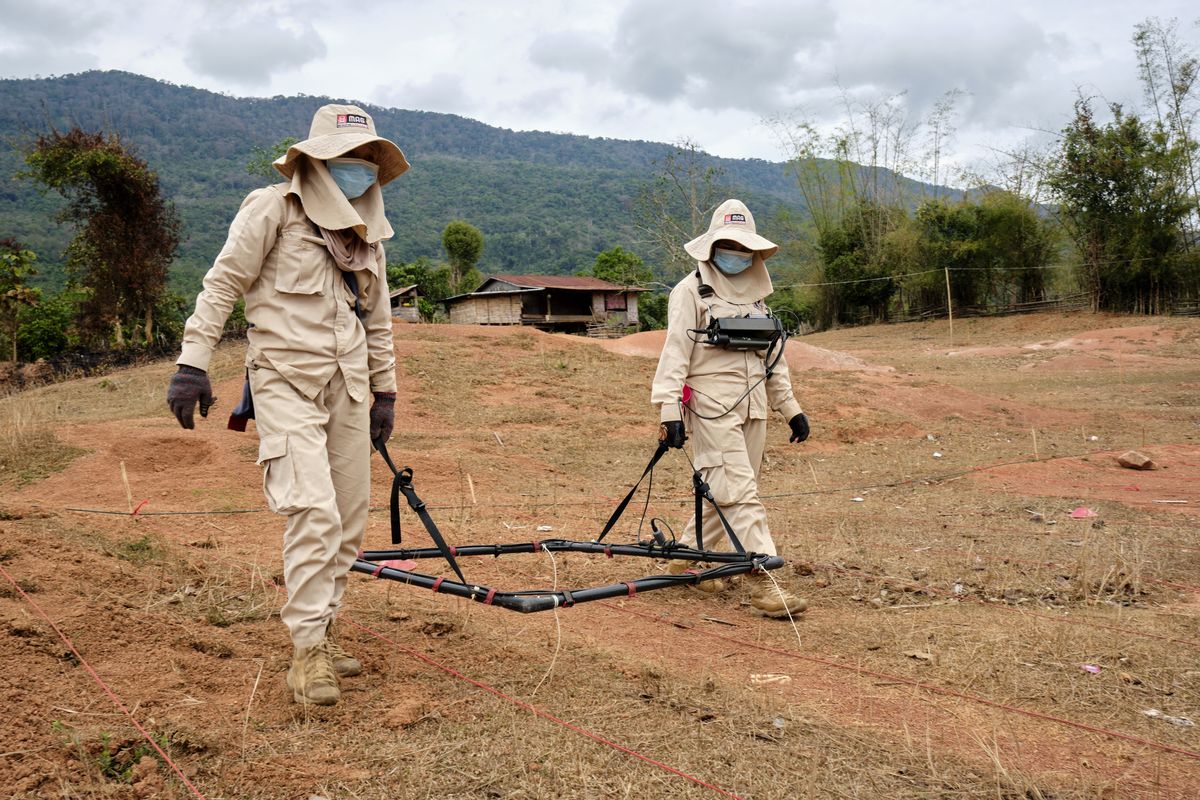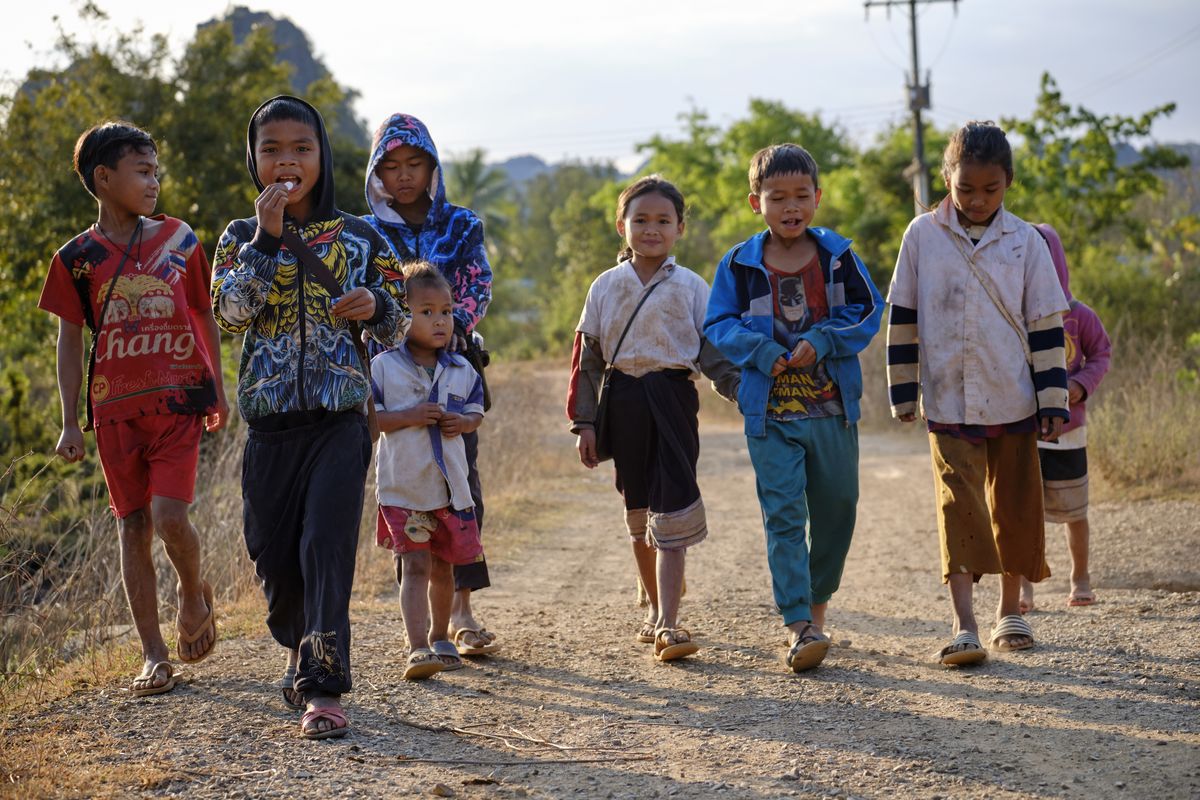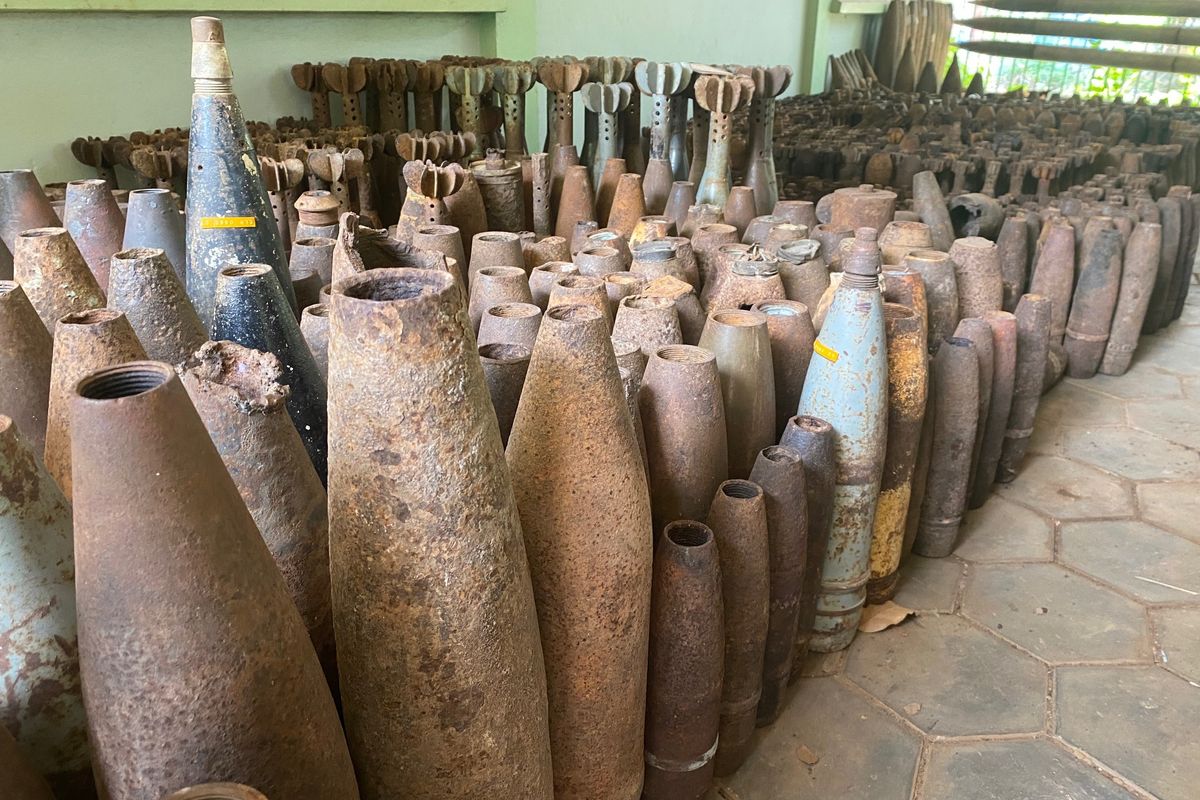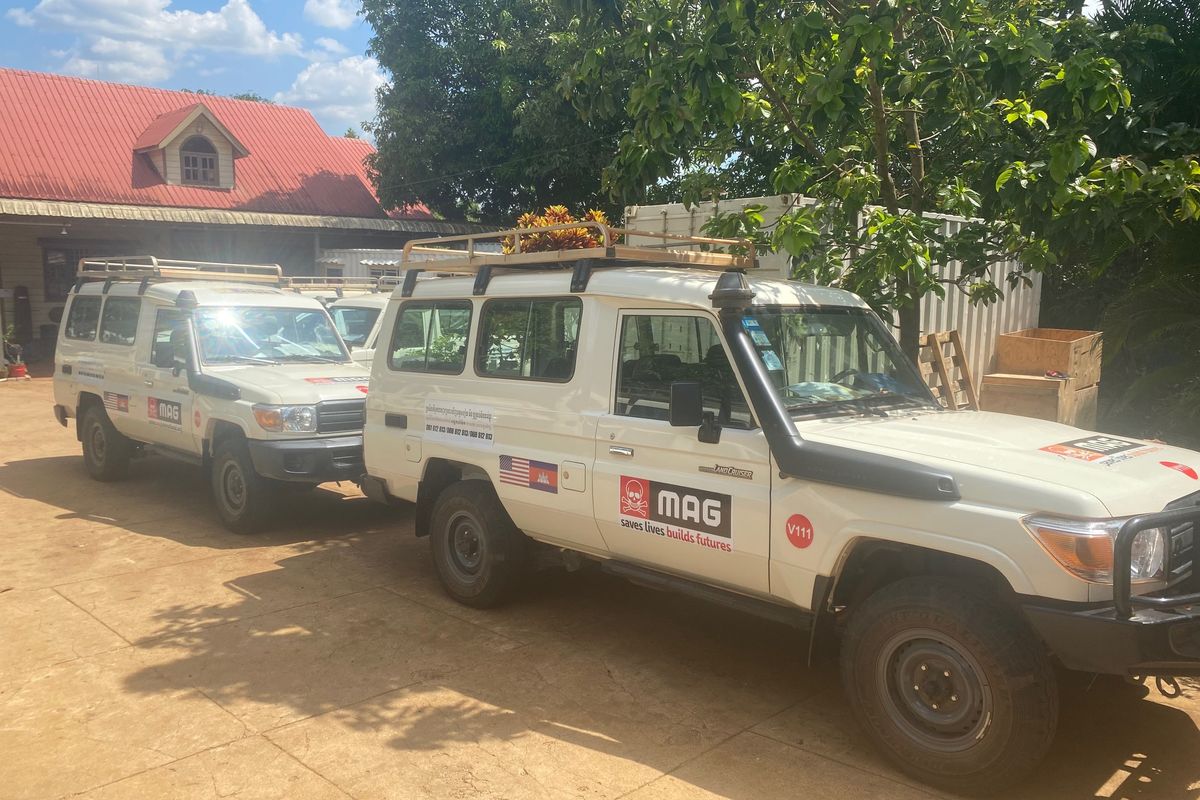The realities of unexploded ordnance, the work of MAG and how travel can help
by Nick
Image gallery
I’ve encountered MAG (Mine Advisory Group) personnel a handful of times on my travels over the years, meeting their teams on the road in far flung corners of Asia, and visiting their country HQ’s and exhibitions on occasion. Getting up close to some of Asia’s wonders is only possible thanks to their work - Laos’ Plain of Jars is a prominent example, as are many of western Cambodia’s temples which are still buried by jungle and well away from the heavy tourist footfall of Angkor. Of course, their work isn’t carried out for the benefit of us travellers and tourists. MAG’s work expands the safe, usable land for local people, allowing children to go to school safely, helping communities grow more food, and genuinely creating a brighter future for the next generation. And their teams don’t just clear the ordnance - land mines, unexploded missiles and bombs - they work closely with each affected community, helping them to take the next steps.
To understand the challenges MAG face in Laos and its neighbouring countries, you only have to look at the numbers - they tell a staggering story. Laos is, per capita, the most heavily bombed country in the world, with over 580,000 bombing missions conducted on the country during the second Indochina War (Vietnam/US) between 1964 and 1973. Two million tons of explosives were dropped during those missions - the equivalent of a planeload of bombs being dropped every eight minutes, 24 hours a day, for nine years - and an estimated 30 percent of them did not detonate. Next door in Cambodia, there are still hundreds of landmines and other explosive devices in rural regions, posing a daily risk to remote communities. Over 40 years after the war, 800,000 tons of unexploded bombs also remain in Vietnam itself. MAG has been working for over 20 years in each of these countries to find, remove and destroy these deadly items. Their tireless work has dramatically reduced accident rates and saved hundreds of lives, and there is still much more to do.
How tourism can help
Living in the UK, by the calm ‘sands’ of Brighton, these statistics are hard to get my head around. The UK may have the odd newspaper headline about a WW2 bomb being discovered at a new development in London, but nothing more. The scale of the issues MAG faces globally is just so huge. Your perspective is likely similar. So what can we possibly do to help? Very few of us possess the skills, or would be able to undertake the training required, to don a visor and padded vest and help on the ground. From the little I’ve learned about the work, most people simply couldn’t do it - the specialists who actually clear the ordnance are truly extraordinary humans.
However, there is a place for us ordinary Joes in advocacy, support and contributing financially. As an NGO, and registered UK charity, MAG relies on donations and contributions from as many sources as possible to allow them to undertake their vital work, and one crucial way to raise both funds and awareness is through tourism. At MAG’s excellent visitor centres in Laos, for example, you can learn more about the organisation’s current work, as well as making direct donations, helping to keep the issues front and centre of global awareness.
One thing that particularly struck me from my recent conversation with Rebecca Letven, Country Director - MAG Laos, is the wider opportunities their work brings to the region’s communities. Whilst we spoke about the process of clearing the bombs, much of our conversation focused on what it leads to. I was surprised to learn, for example, that of 1,250 MAG employees in Laos, over 36% are women, which is a hugely positive statistic in a culture such as Laos’. Their work helps promote equality and opportunity across all age groups, alongside creating space to make sports and outdoor play safe, which makes a massive difference to children in particular. Hearing Rebecca talk about MAG’s work in Laos was fascinating and inspiring. Our full conversation is available to watch here, and I hope you’ll find time to give it a look.
The challenges MAG faces may be huge, but so are their achievements. For example, MAG’s results in 2021 across Laos, Cambodia and Vietnam combined show over 39,000 landmines and unexploded bombs destroyed, releasing over 59 million square metres of land for safe use, which directly benefits over 100,000 people living in the affected regions. Those figures are astounding, and the positive impacts of making that land safe are profound. In addition, the immeasurable impact of their outreach work avcocating and campaigning for political action, and listening to and liaising with communities on how to recognise threats, including the presence of landmines and unexploded ordnance, will grow for generations to come. I can’t express strongly enough my admiration for everything they do.
How you can help right now
I couldn’t be prouder that Selective Asia are partnering MAG’s Unlock the Land appeal, which will help and highlight the organisation’s extraordinary work in Laos.

Thank you for your support,
Nick
by Nick on 25th April 2022



